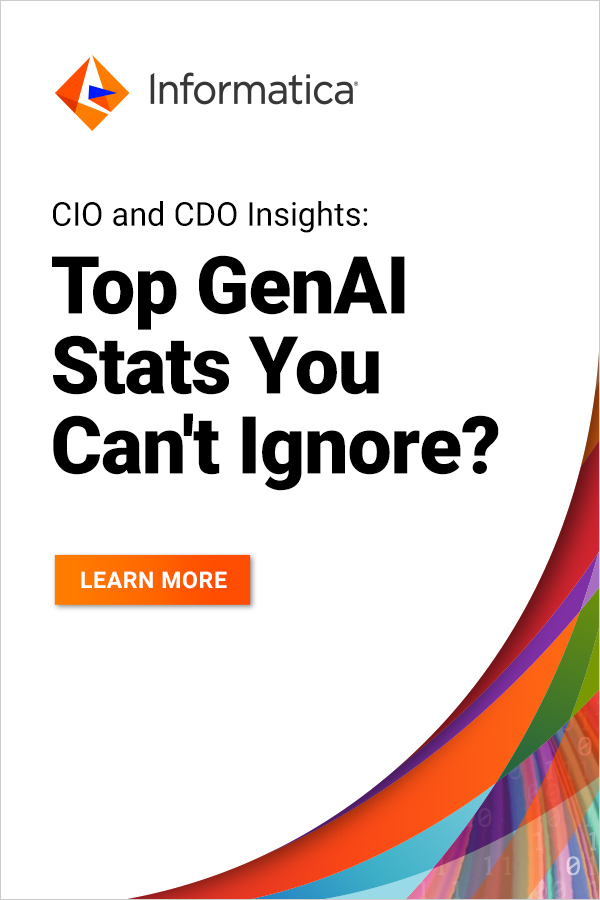For Australian businesses, the question is no longer whether privacy reform will impact them, but how prepared they are to respond - not just once, but continuously.
At the heart of this readiness is better data management and governance. Without a clear understanding of what data they hold, where it resides, how it’s used, and who can access it, organisations will struggle to meet their compliance obligations, as well as likely impacting customer trust.
With heightened regulatory scrutiny comes greater accountability—not just for organisations, but for individuals within them. Beyond the risk of severe penalties for non-compliance, executives and staff are now expected to take ownership of data governance. The recent breach of a major airline underscores this shift, with law firms launching class actions to hold companies directly accountable.
The Shift from Compliance to Data Stewardship
Australia’s updated Privacy Act now defines personal information more broadly, covering behavioural data, metadata, and inferred information. Tougher breach notification rules and heavy penalties for mishandling children's data highlight how regulators expect proactive data stewardship, not reactive compliance.
Organisations need to move from seeing privacy as a reporting exercise to embedding it into daily operations. This requires treating data as a regulated asset.
Modern data management platforms are an essential tool in this, enabling organisations to build a foundation of governance and control. This means knowing exactly where personal information exists across fragmented systems, eliminating data silos, and implementing granular access controls - not in spreadsheets, but at the system level.
In other words, without proper data management, privacy compliance isn’t just hard, it’s nigh on impossible.
Tranche Two: A Call for Governance Maturity
While tranche one tightened breach reporting and expanded definitions of personal data, tranche two promises to introduce complex obligations around:
- Transparency of automated decision-making;
- Restrictions and consent requirements for third-party data sharing;
- Enhanced rights for individuals to understand how their data is being used.
For organisations, this means two things:
- Visibility – Knowing which systems hold personal data, how it’s processed, and whether it contributes to automated decisions.
- Control – Being able to apply policies, restrict access, and adapt processes as regulations evolve.
Manual processes and fragmented data architectures simply won’t support these requirements. Instead, scalable data management frameworks need to be implemented to help organisations build a single source of truth for data governance, including automation to enforce retention, disposal, and access policies. This should also include a high degree of auditability, giving the organisation a platform to demonstrate compliance at any point in time.
This is governance as a business function, not a side project.
Automation: Managing Risk at Scale
One of the biggest challenges facing Australian enterprises is scale. It’s not uncommon for organisations to store terabytes or petabytes of data across legacy infrastructure, cloud services, and employee endpoints. A host of that data – in many cases, the vast majority of it – lies untouched, unused and not accounted for. Besides being a huge waste of money, managing personal information in this environment manually is a recipe for failure.
By leveraging automation - whether through metadata discovery, classification, or policy enforcement - organisations can ensure personal data is handled consistently and in line with emerging regulations.
Importantly, automation also frees up compliance teams to focus on higher-value tasks like policy development and risk analysis, rather than endless data clean-up exercises.
At Datadobi, we’ve seen how automating parts of data lifecycle management, for example, archiving, not only supports compliance but also enhances operational resilience.
Beyond Compliance: Data as Strategic Asset
While privacy regulations may be the catalyst, the benefits of modernising data management extend far beyond compliance.
Structured, well-governed data unlocks business insights, supports AI-driven innovation, and enables companies to respond to new opportunities with agility. As the old adage says, you only get out what you put in, so if you’re feeding poor quality data into a sophisticated AI engine, for example, the output is going to be severely compromised. When privacy and governance are embedded, data can be used ethically and responsibly - without exposing the business to undue risk.
Ultimately, Australian businesses that treat privacy compliance as part of a broader strategy of data stewardship will be better positioned to innovate confidently in a world where consumer trust and regulatory scrutiny continue to intensify.
Building a Privacy-Ready Future
As tranche two of Australia’s privacy reforms draws closer, businesses have a choice: respond reactively and risk compliance issues and customer respect, or invest in the data management foundations that will serve them long-term. Real compliance isn’t a destination, it’s an outcome of deliberate, ongoing investment in governance, automation, and data control. Privacy regulations will keep evolving. Consumer expectations will keep rising…and data estates will keep growing.
Only businesses that put governance at the centre of their operations will be ready.



































